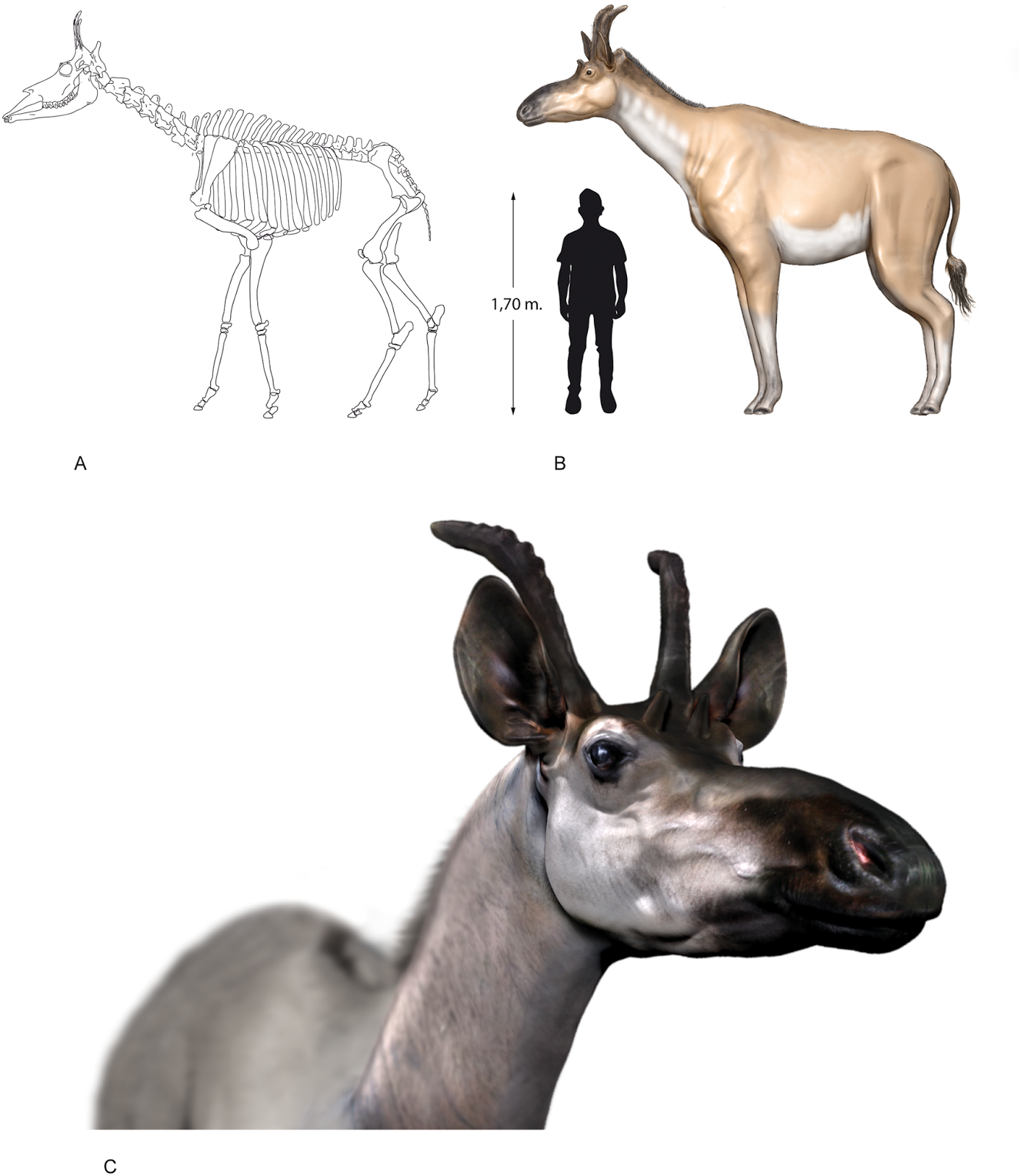 |
| The Australian Senate Photo: Lukas Coch / AAPIMAGE |
Following the stunning victory for basic human decency and those campaigning for an inclusive Australia in the same-sex marriage referendum recently, the Australian Senate handed out another kicking to the Christian bigots still looking for victims and demanding the right to persecute people of their choice.
According to this report by Lane Sainty in Buzz News, the Senate voted down by a large majority a series of amendments by the conservative Christian right that would have given Christians an effective veto on same-sex marriages and provided them with a legal right to continue to persecute and victimise homosexuals by denial of goods and services.


























